Home>Home Appliances>Kitchen Appliances>How To Clean An Espresso Machine With Cafiza
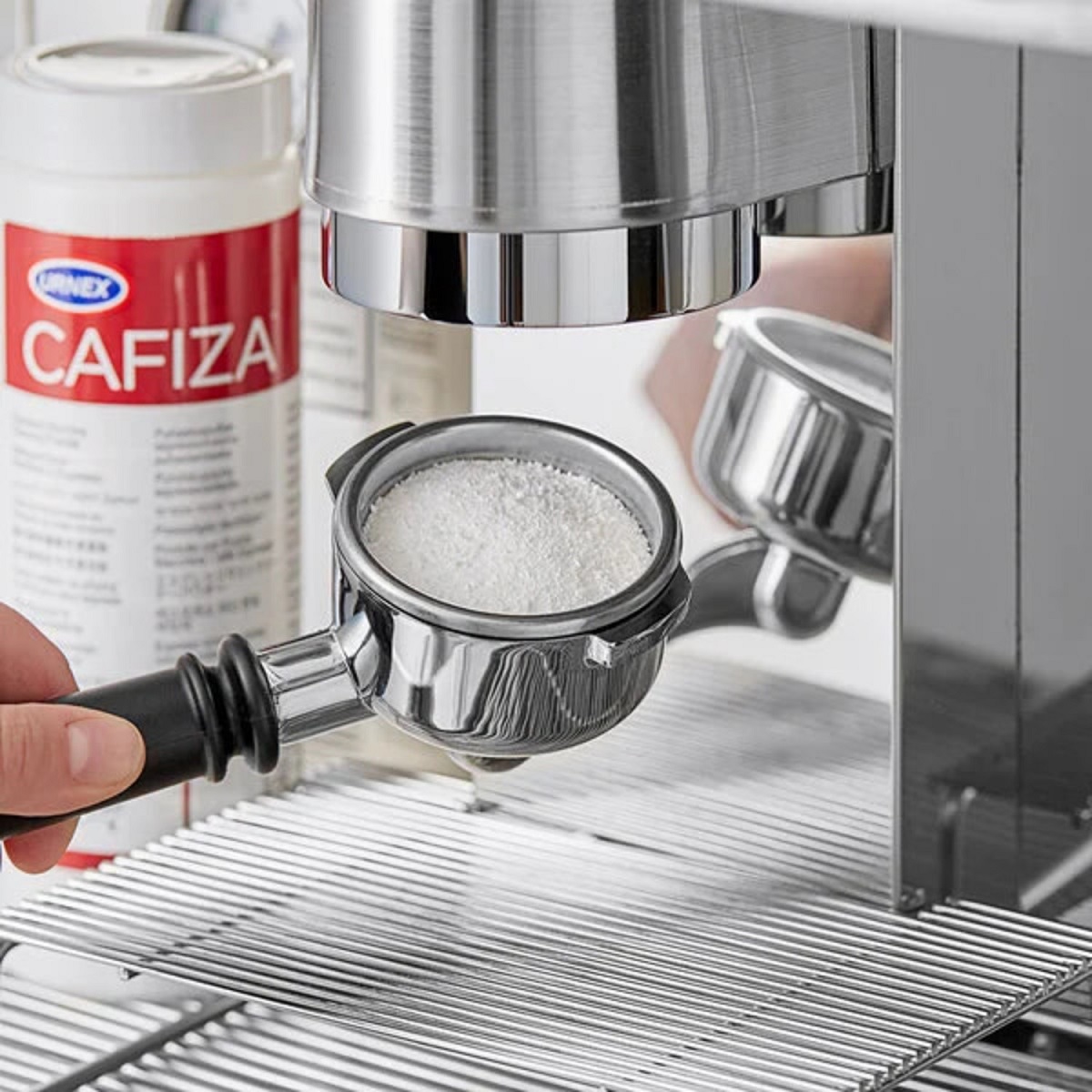

Kitchen Appliances
How To Clean An Espresso Machine With Cafiza
Modified: August 16, 2024
Learn how to effectively clean your espresso machine using Cafiza, a powerful cleaner for kitchen appliances. Keep your machine in top condition for delicious coffee every time.
(Many of the links in this article redirect to a specific reviewed product. Your purchase of these products through affiliate links helps to generate commission for Storables.com, at no extra cost. Learn more)
Introduction
Welcome to the world of espresso and the art of crafting the perfect shot. If you are a proud owner of an espresso machine, you know that it"s not just a kitchen appliance; it"s a gateway to an exceptional coffee experience. To ensure that your espresso machine continues to deliver exquisite brews, it"s essential to keep it clean and well-maintained. In this guide, we will delve into the world of espresso machine maintenance, focusing on the use of Cafiza, a renowned cleaning agent that can help you keep your machine in pristine condition.
Cleaning an espresso machine may seem like a daunting task, but with the right knowledge and tools, it can be a straightforward and rewarding endeavor. Whether you are a seasoned barista or a home coffee enthusiast, understanding the importance of regular maintenance and knowing how to properly clean your espresso machine will not only prolong its lifespan but also guarantee the quality and flavor of your coffee.
So, grab your favorite mug, and let"s embark on a journey to discover the wonders of Cafiza and the best practices for maintaining a sparkling clean espresso machine.
Key Takeaways:
- Regularly cleaning your espresso machine with Cafiza preserves flavor, prevents bitterness, and extends its lifespan, ensuring consistently delightful coffee experiences.
- In addition to using Cafiza, maintaining your espresso machine with filtered water, periodic descaling, and proper storage enhances its performance and longevity.
Read more: How To Clean A Starbucks Espresso Machine
What is Cafiza?
Cafiza is a powerful and versatile espresso machine cleaning agent that has gained a stellar reputation in the coffee industry. Manufactured by Urnex, a leading provider of cleaning products for coffee equipment, Cafiza is specifically formulated to remove coffee oils, grounds, and stains from the intricate components of espresso machines. This remarkable cleaner is designed to tackle the residues that accumulate in the brew group, portafilter, and other parts of the machine, ensuring that your espresso tastes consistently fresh and flavorful.
One of the key attributes of Cafiza is its ability to effectively break down and eliminate stubborn coffee residues without leaving behind any harmful or unwanted flavors or odors. This is crucial for maintaining the integrity of the espresso machine and preserving the true essence of the coffee. Additionally, Cafiza is safe to use on a wide range of espresso equipment, including traditional espresso machines, automatic espresso makers, and even coffee urns, making it a versatile and indispensable cleaning solution for coffee enthusiasts and professionals alike.
Available in the form of powder or tablets, Cafiza offers convenience and flexibility, allowing users to choose the format that best suits their cleaning routine and preferences. Its concentrated formula means that a small amount of Cafiza goes a long way, making it a cost-effective and efficient solution for keeping espresso machines in top condition.
Whether you operate a bustling coffee shop or simply enjoy brewing espresso at home, incorporating Cafiza into your cleaning regimen can elevate the performance and longevity of your espresso machine, ultimately enhancing the quality of your coffee. Now that we understand the significance of Cafiza, let”s explore why cleaning your espresso machine is a crucial aspect of coffee preparation.
Why Clean Your Espresso Machine?
Keeping your espresso machine clean is not just a matter of aesthetics; it directly impacts the taste, quality, and longevity of your beloved appliance. Here are compelling reasons why regular cleaning is essential:
- Flavor Preservation: Over time, coffee oils and residues accumulate in the various components of the espresso machine. These residues can impart bitter flavors and unpleasant aromas to your espresso, compromising its quality and diminishing the nuanced flavors of the coffee beans.
- Prevention of Bitterness: The buildup of coffee grounds and oils can lead to the development of bitter and rancid flavors in your espresso. By keeping the machine clean, you can ensure that each shot of espresso embodies the rich, balanced flavors that coffee aficionados crave.
- Machine Longevity: Regular cleaning with a specialized agent like Cafiza helps prevent clogging, corrosion, and deterioration of internal components. This, in turn, extends the lifespan of your espresso machine, safeguarding your investment and ensuring consistent performance.
- Hygiene and Safety: A clean espresso machine promotes a hygienic environment, reducing the risk of bacterial growth and contamination. This is particularly crucial for commercial settings where adherence to stringent hygiene standards is imperative.
- Optimal Performance: Clean equipment operates more efficiently. By removing built-up residues, you allow your espresso machine to function at its best, delivering precise water flow, consistent pressure, and optimal extraction, resulting in superior espresso quality.
By incorporating a comprehensive cleaning routine into your coffee-making regimen, you not only elevate the taste and aroma of your espresso but also demonstrate a commitment to maintaining the integrity of your equipment. Now that we understand the importance of keeping our espresso machines clean, let”s delve into a step-by-step guide on how to clean your espresso machine using Cafiza.
To clean an espresso machine with Cafiza, mix 1 tablespoon of Cafiza with 1 quart of water. Run the solution through the machine, then rinse with clean water. Repeat weekly for best results.
Step-by-Step Guide to Cleaning Your Espresso Machine with Cafiza
Cleaning your espresso machine with Cafiza is a straightforward process that, when performed regularly, ensures the continued excellence of your coffee. Follow these steps to maintain your machine in pristine condition:
- Gather Your Supplies: Before beginning the cleaning process, ensure you have all the necessary supplies at hand. This typically includes Cafiza cleaning powder or tablets, a cleaning brush, a clean cloth, and access to hot water.
- Prepare the Cleaning Solution: Refer to the manufacturer’s instructions to determine the appropriate concentration of Cafiza to use. Typically, a small amount of Cafiza is mixed with hot water to create a potent cleaning solution.
- Disassemble the Machine: If applicable, remove the portafilter, filter baskets, and any other detachable components from the espresso machine. This allows for thorough cleaning of each part.
- Soak and Clean Detachable Parts: Submerge the disassembled parts in the prepared Cafiza solution, ensuring that all surfaces are thoroughly coated. Use a cleaning brush to gently scrub away any stubborn residues, and then rinse the components with clean water.
- Backflush the Machine: For machines equipped with a three-way solenoid valve, perform a backflushing procedure using the Cafiza solution. This process effectively cleans the brew group and internal pathways, removing trapped coffee oils and grounds.
- Wipe and Rinse: Use a clean cloth to wipe down the exterior surfaces of the machine, removing any spills, stains, or residues. Rinse all parts and surfaces with clean water to ensure the complete removal of the cleaning solution.
- Reassemble and Test: Once the machine and its components are thoroughly cleaned and rinsed, reassemble the parts and run a few cycles of water through the machine to ensure that any residual cleaning solution is flushed out.
- Regular Maintenance: Establish a routine for cleaning your espresso machine with Cafiza, incorporating it into your weekly or monthly maintenance schedule. Consistent cleaning is key to preserving the performance and flavor integrity of your machine.
By following these steps and integrating the use of Cafiza into your espresso machine maintenance routine, you can uphold the exceptional quality of your coffee and enjoy a consistently delightful espresso experience. Additionally, there are several tips and practices that can further contribute to the longevity and efficiency of your espresso machine.
Tips for Maintaining Your Espresso Machine
Beyond regular cleaning with Cafiza, implementing the following tips will help preserve the performance and longevity of your espresso machine:
- Use Filtered Water: Utilize filtered or softened water to minimize mineral buildup and scale formation in your espresso machine. This simple practice can significantly reduce the frequency of descaling and prolong the lifespan of your equipment.
- Descale Periodically: Even with filtered water, scale may accumulate over time. Periodically descale your espresso machine using a suitable descaling solution to remove mineral deposits and maintain optimal water flow and heating efficiency.
- Regularly Replace Seals and Gaskets: Over time, rubber seals and gaskets can wear out, leading to leaks and diminished performance. Check these components regularly and replace them as needed to prevent potential issues.
- Adjust Grinder and Tamp Pressure: Ensure that your coffee grinder is properly calibrated and that the coffee grounds are tamped with consistent pressure. This promotes even extraction and enhances the quality of your espresso.
- Monitor Shot Times: Keep an eye on the extraction time of your espresso shots. Adjust the grind size and tamping pressure as needed to achieve the ideal extraction time, typically around 25-30 seconds, for a balanced and flavorful shot.
- Store Coffee Properly: Preserve the freshness of your coffee beans by storing them in an airtight container in a cool, dark place. Avoid exposing them to moisture, heat, or direct sunlight to retain their optimal flavor profile.
- Invest in Professional Servicing: For commercial espresso machines or if you encounter persistent issues, consider professional servicing by a qualified technician. Regular maintenance and professional tune-ups can prevent major malfunctions and ensure the ongoing performance of your machine.
- Stay Informed: Keep abreast of the manufacturer’s recommendations and guidelines for your specific espresso machine model. Understanding its unique maintenance requirements will enable you to provide the best care for your equipment.
By incorporating these practices into your espresso machine care routine, you can uphold the quality of your coffee, extend the lifespan of your machine, and enjoy consistently delightful espresso experiences. With proper maintenance and the use of Cafiza, your espresso machine will continue to be a reliable companion on your journey to brewing exceptional coffee.
Read more: How To Clean The Delonghi Espresso Machine
Conclusion
Cleaning and maintaining your espresso machine with Cafiza is not just a chore; it’s a ritual that ensures the continued excellence of your coffee-making experience. By understanding the importance of regular cleaning, the significance of using a specialized cleaning agent like Cafiza, and the best practices for maintaining your espresso machine, you are empowered to elevate the quality of your coffee and prolong the lifespan of your cherished appliance.
As you embark on this journey of espresso machine care, remember that each step you take to keep your machine in pristine condition is a step toward savoring the rich aromas and nuanced flavors of a perfectly brewed espresso. Whether you are a home barista or a professional coffee connoisseur, the meticulous care you provide to your espresso machine reflects your dedication to the art of coffee making.
So, embrace the ritual of cleaning, relish the aroma of freshly ground coffee, and savor the moments spent crafting the perfect espresso. With Cafiza as your trusted ally and these maintenance tips as your guide, your espresso machine will continue to be a steadfast companion, faithfully delivering the elixir of your daily indulgence.
Now, armed with the knowledge and insights shared in this guide, go forth and embark on your coffee journey with confidence, knowing that your espresso machine is primed for excellence, thanks to the power of Cafiza and your unwavering commitment to exceptional coffee.
Frequently Asked Questions about How To Clean An Espresso Machine With Cafiza
Was this page helpful?
At Storables.com, we guarantee accurate and reliable information. Our content, validated by Expert Board Contributors, is crafted following stringent Editorial Policies. We're committed to providing you with well-researched, expert-backed insights for all your informational needs.
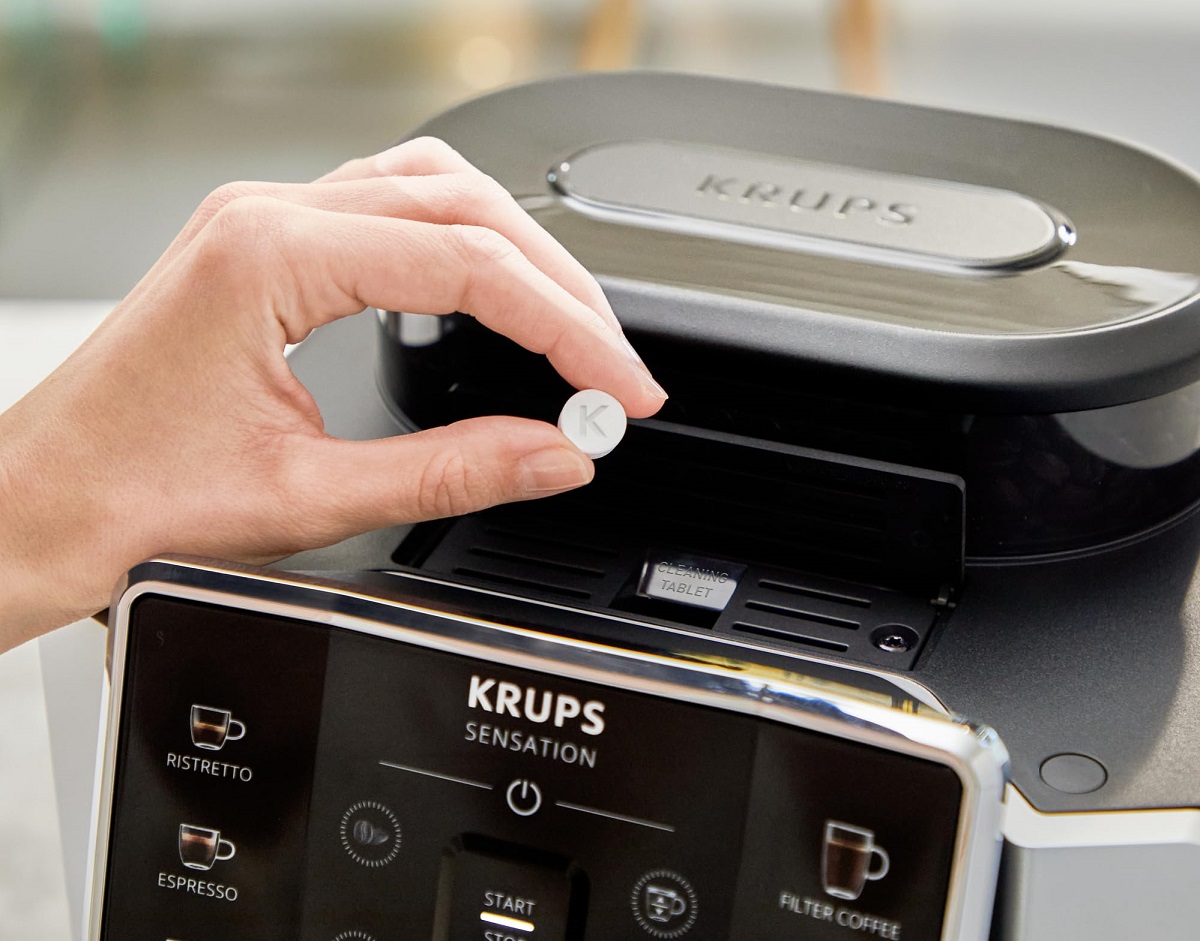
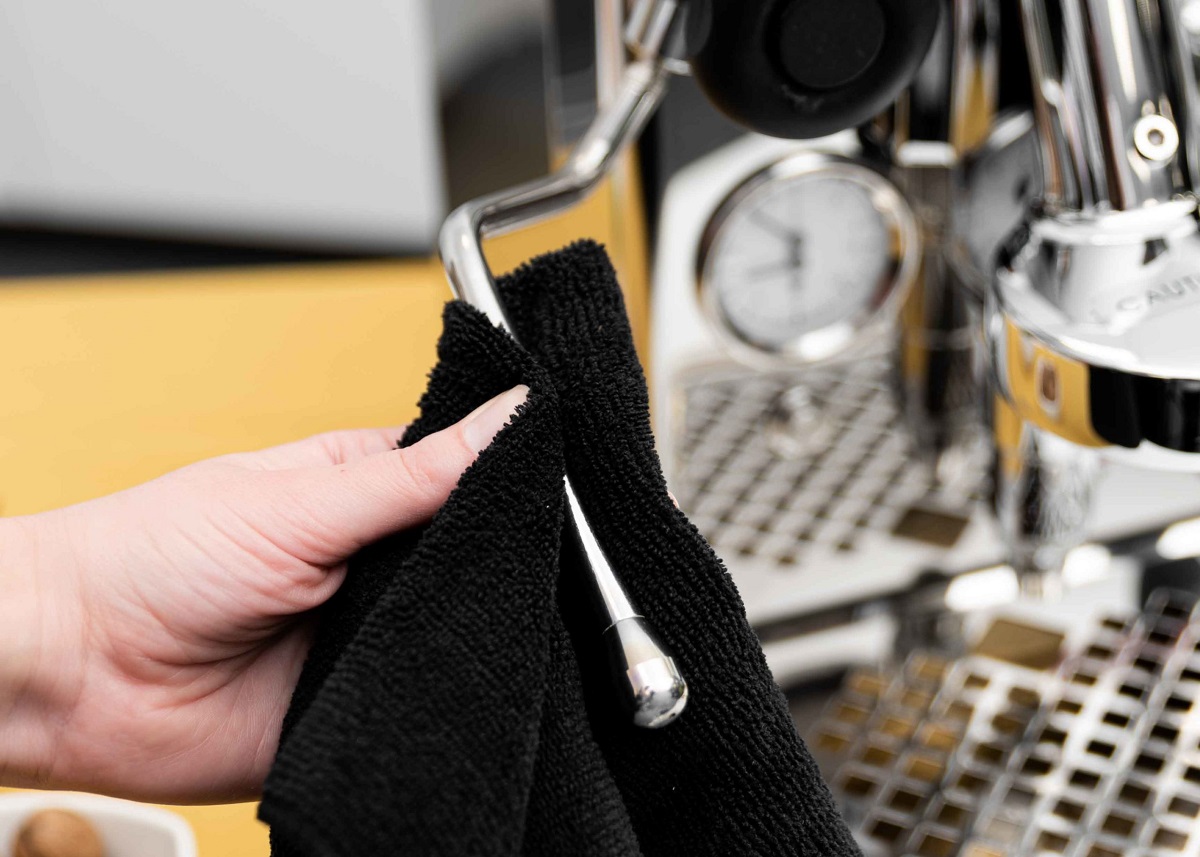
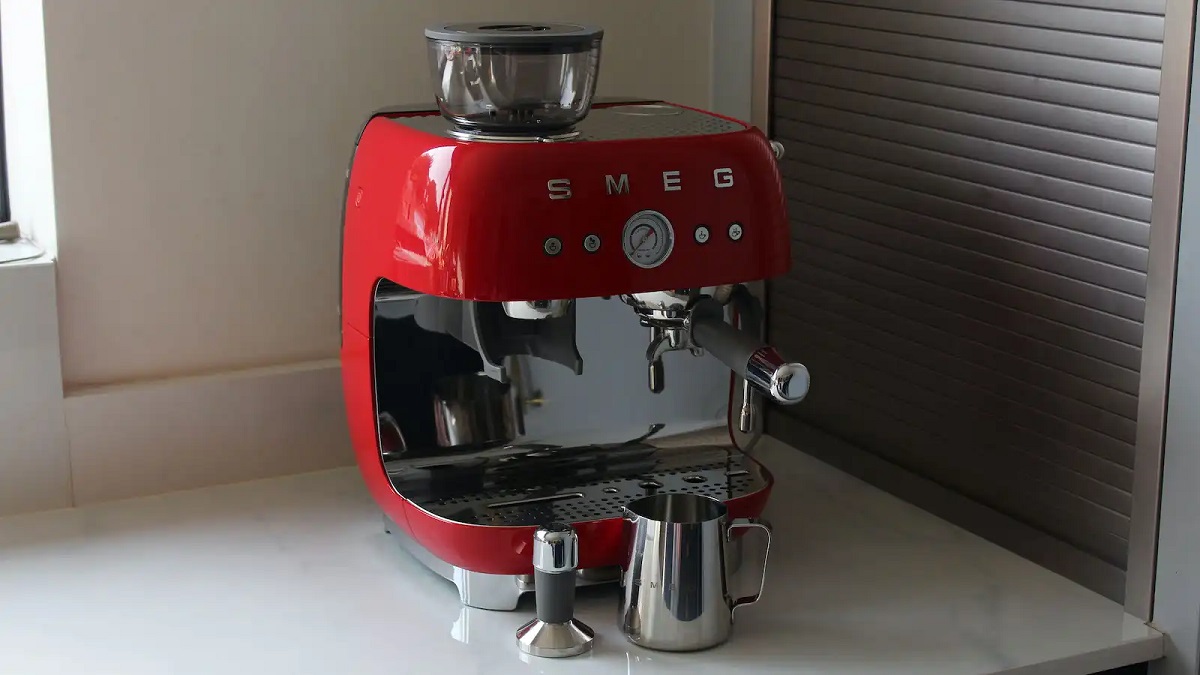
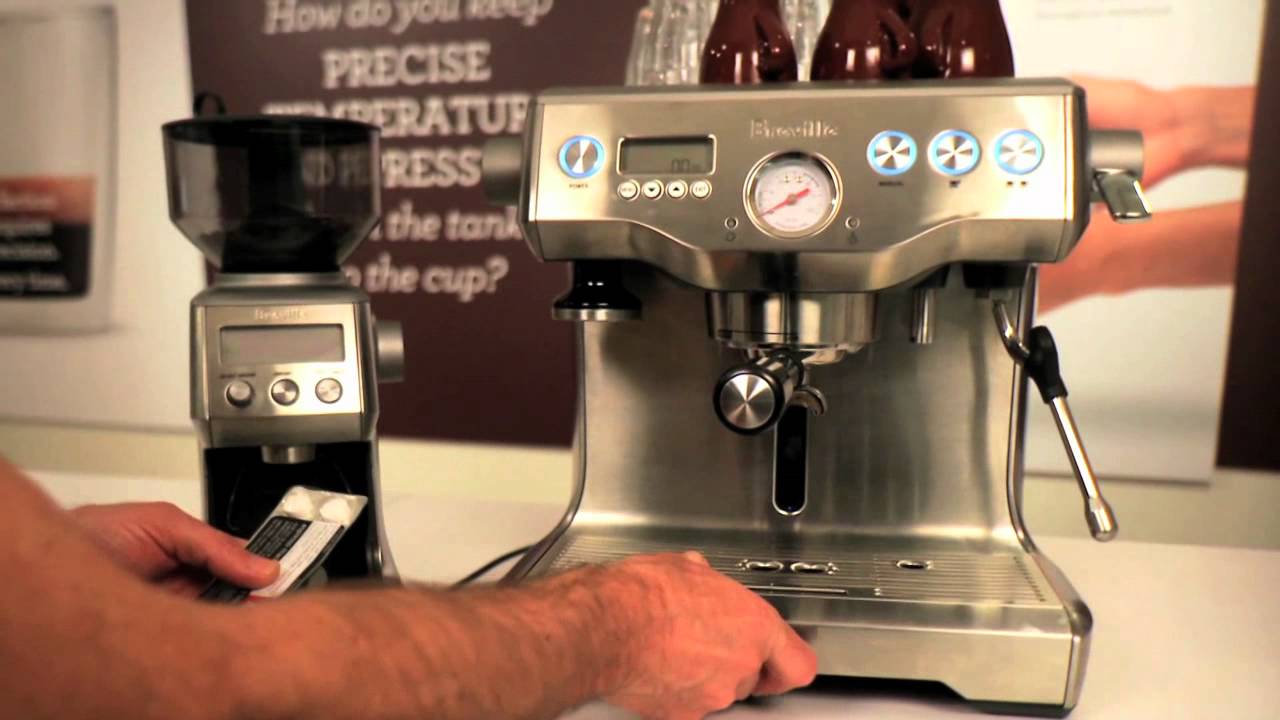
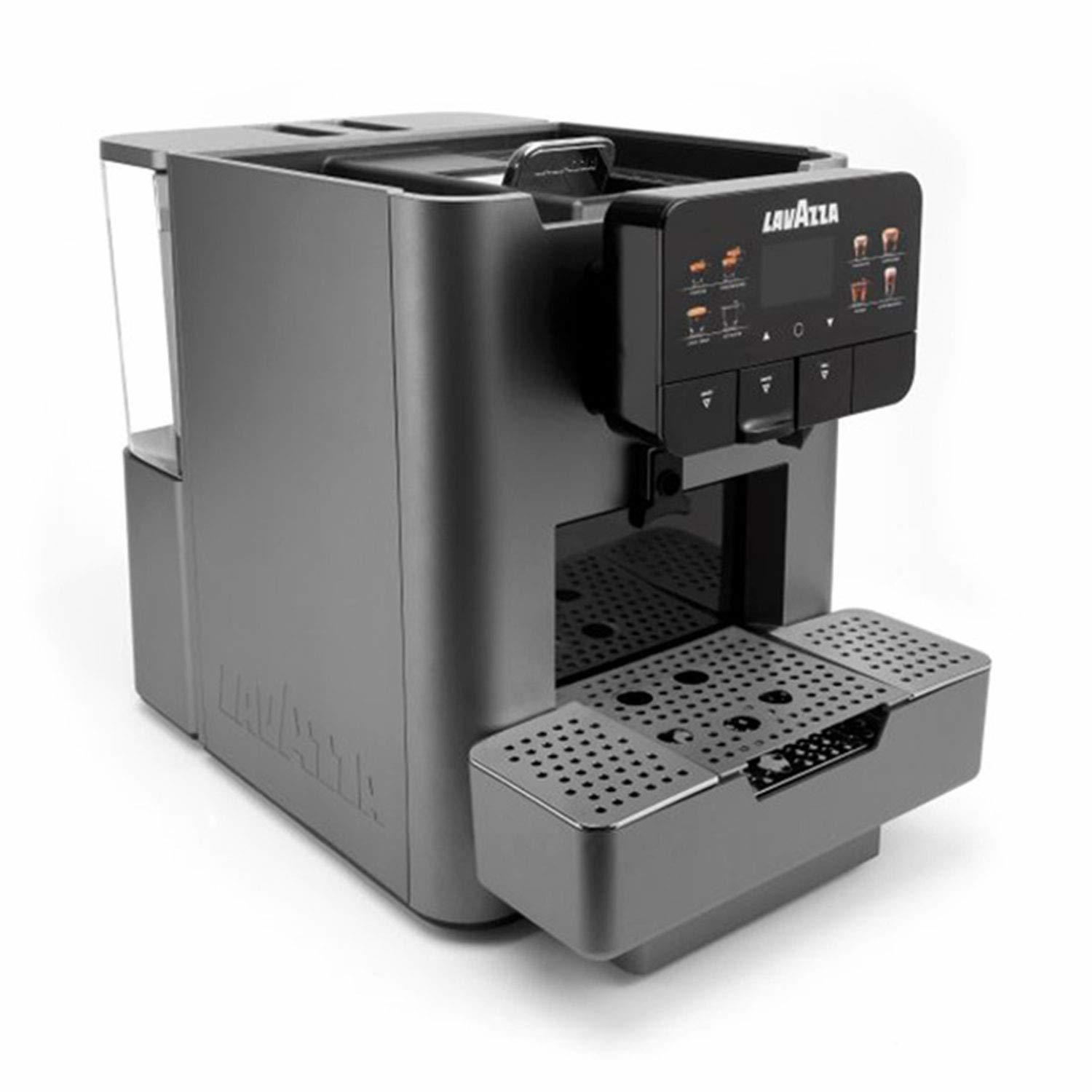
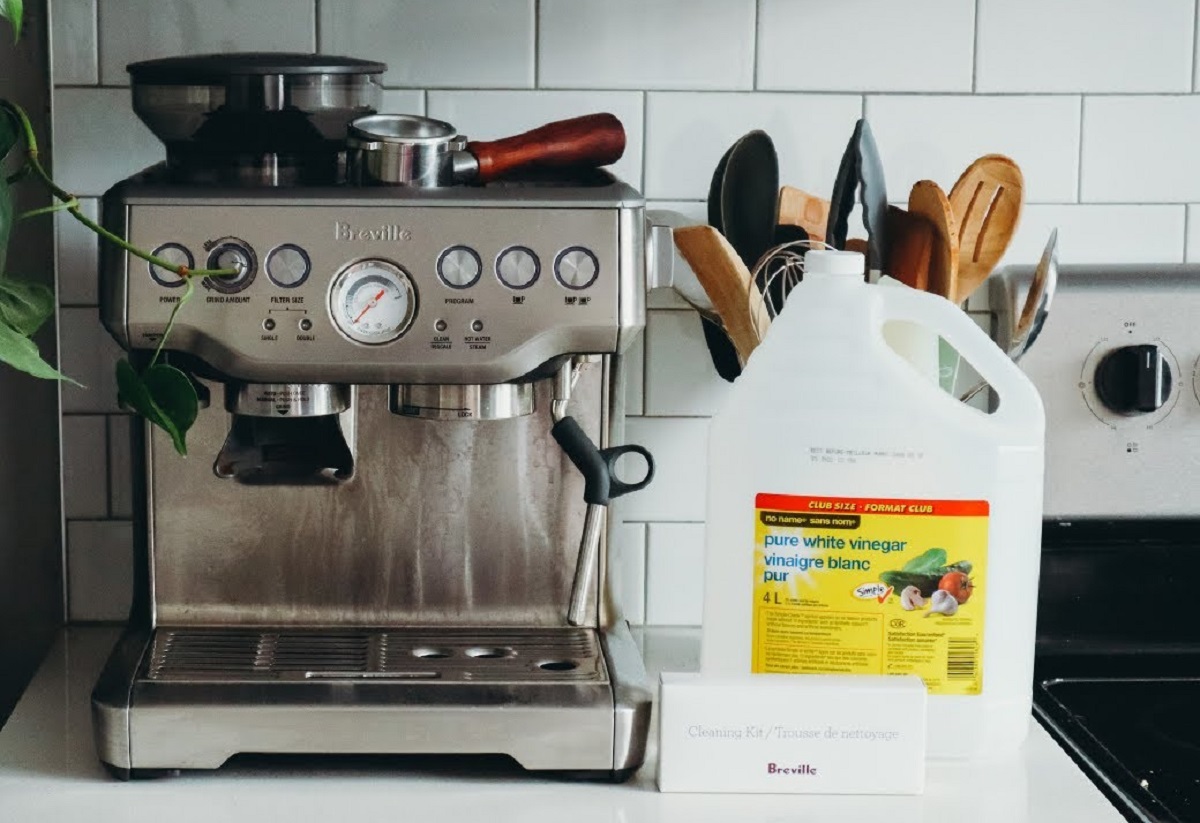
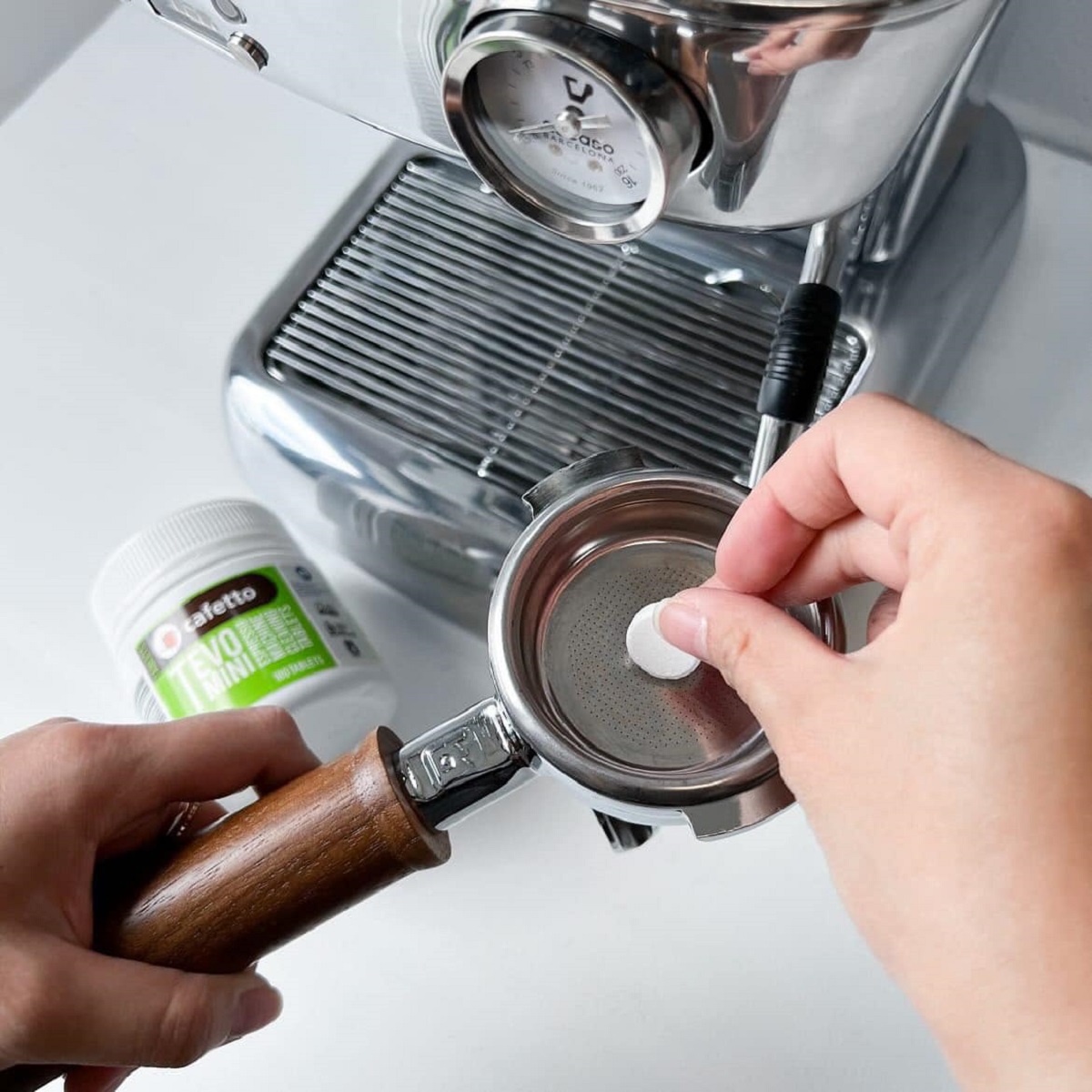

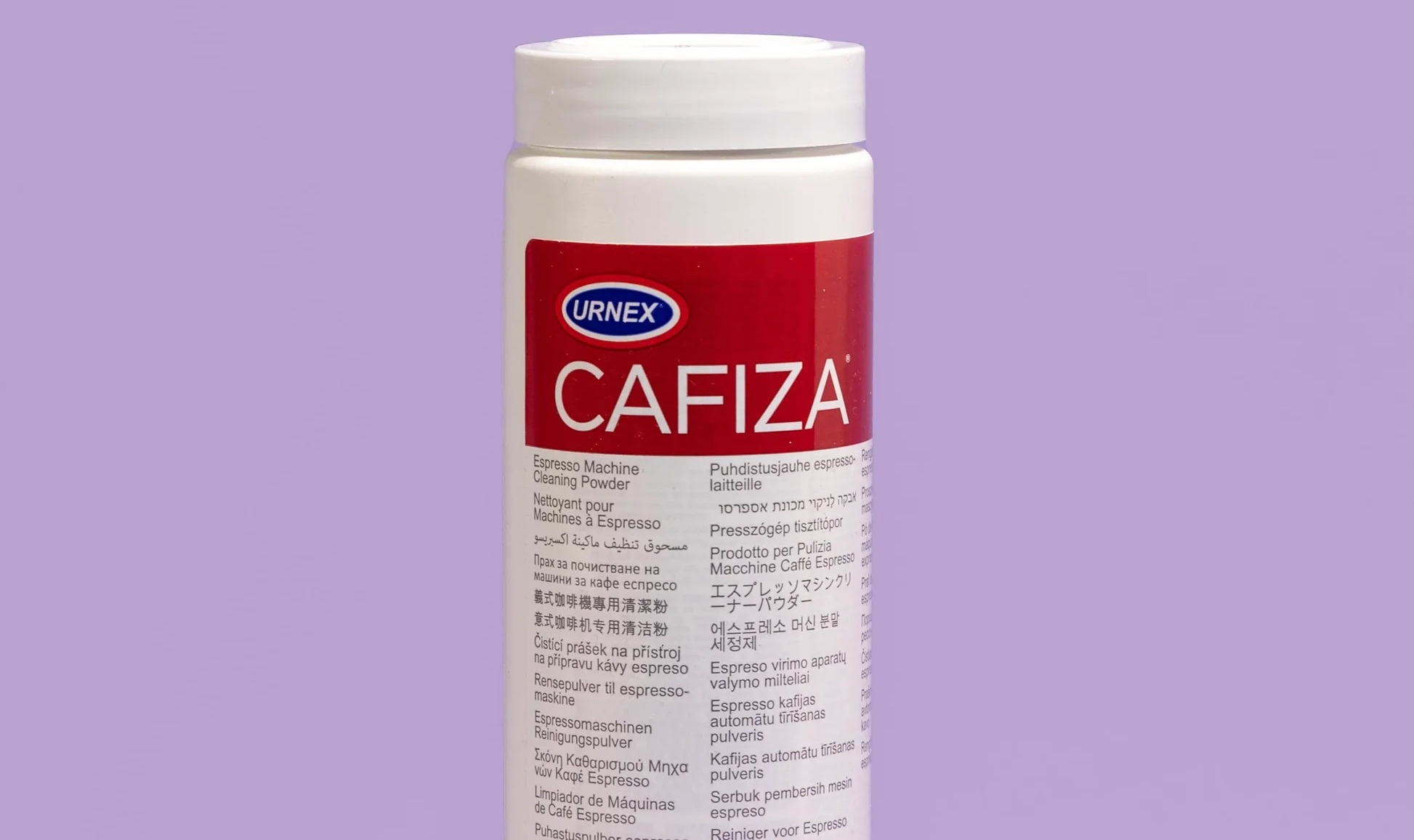
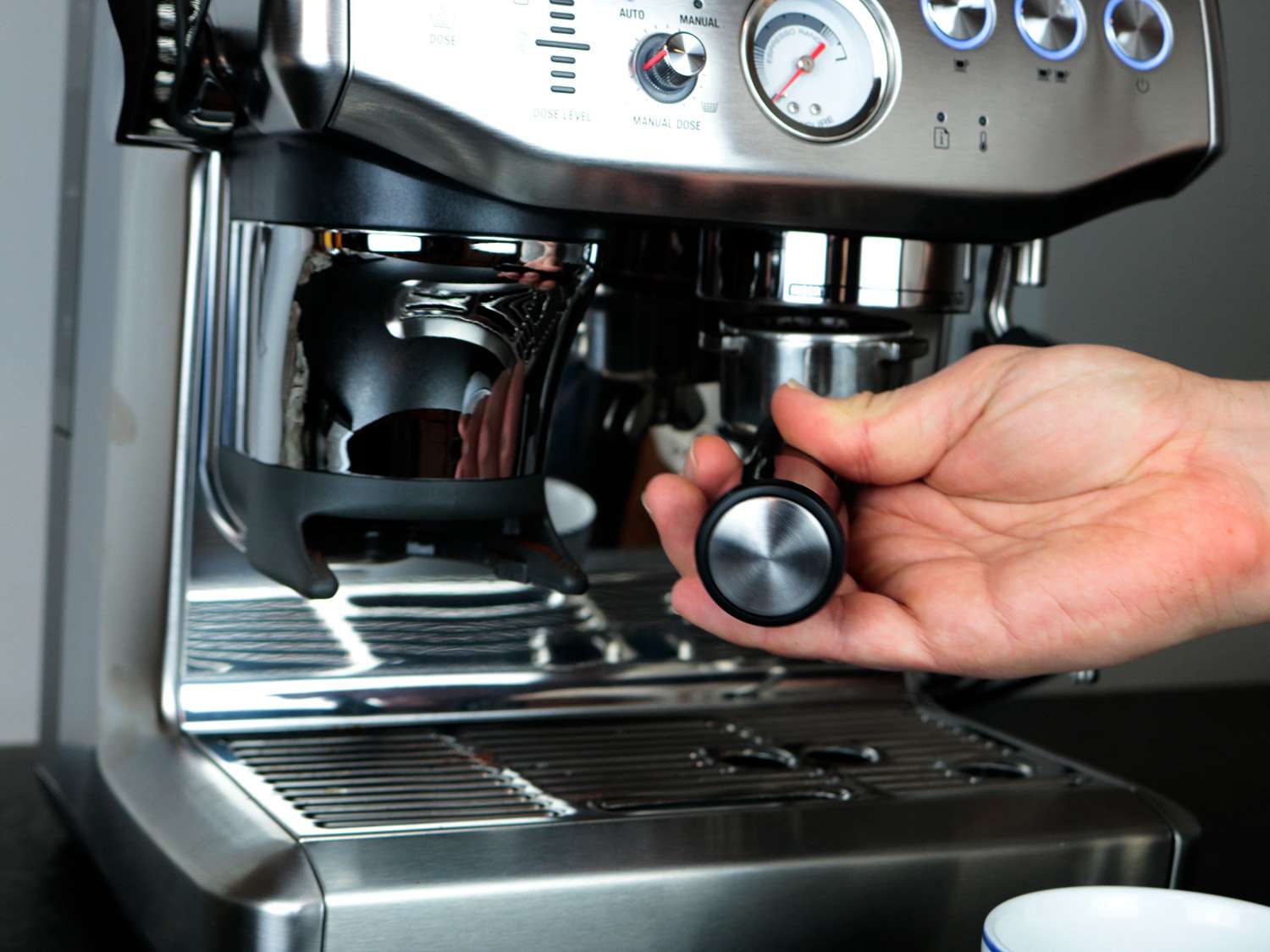
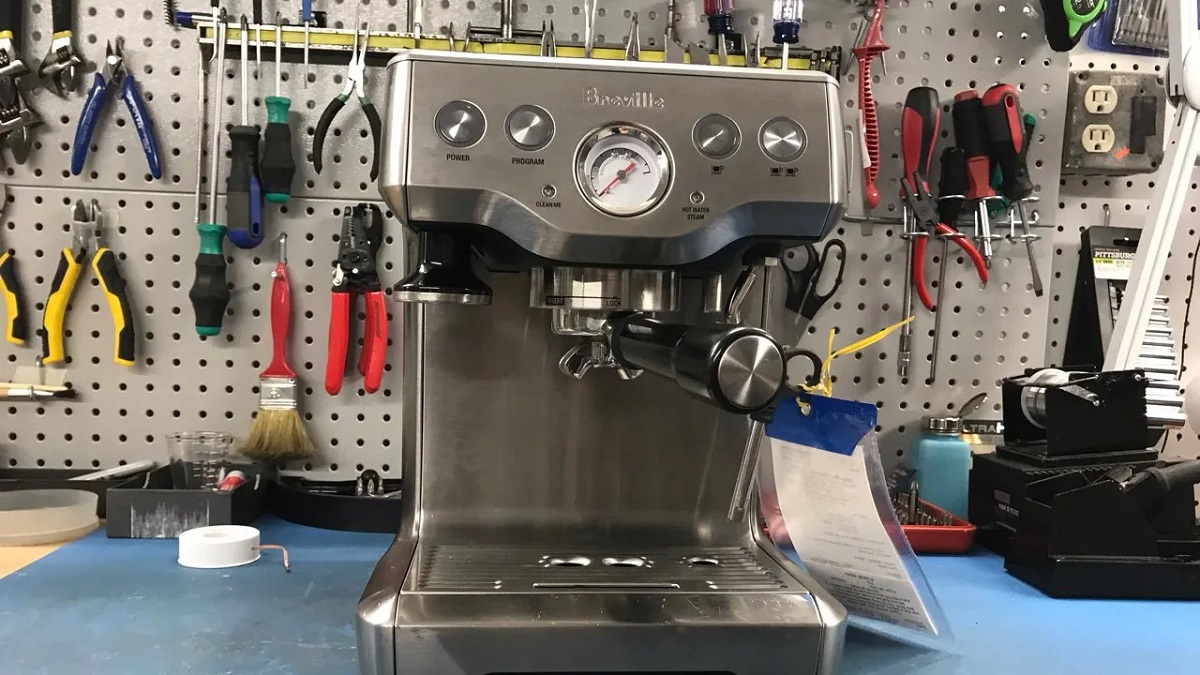
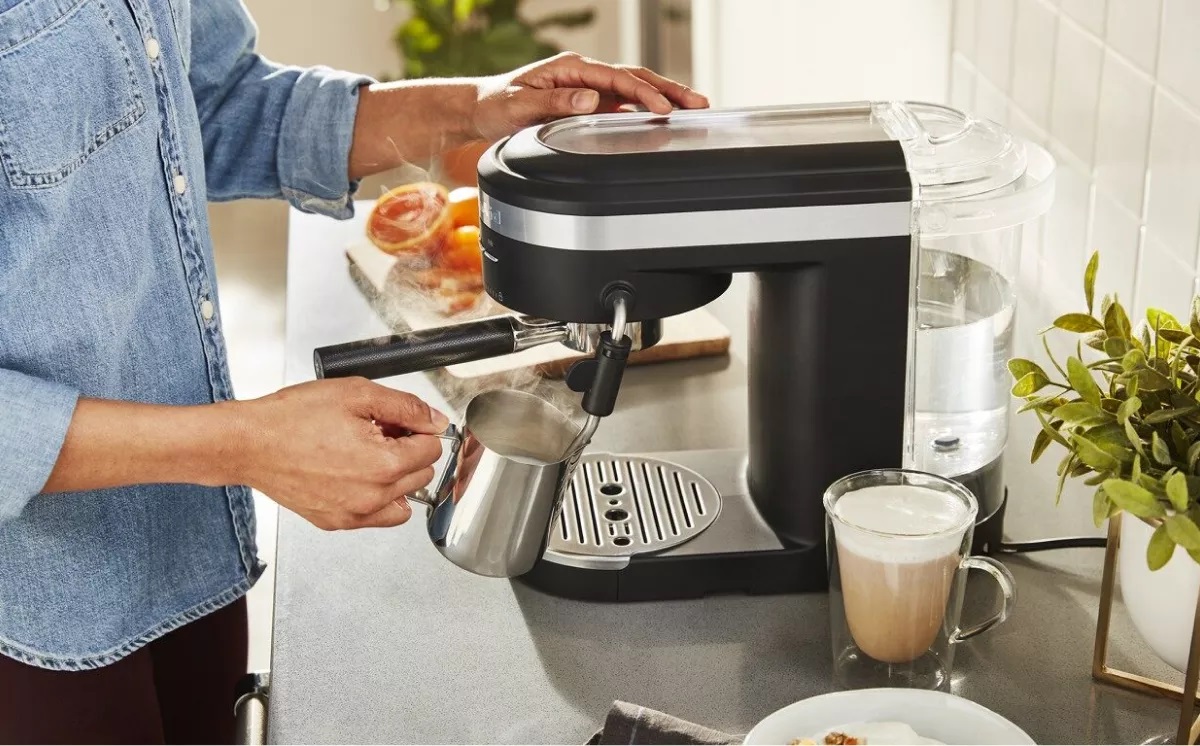
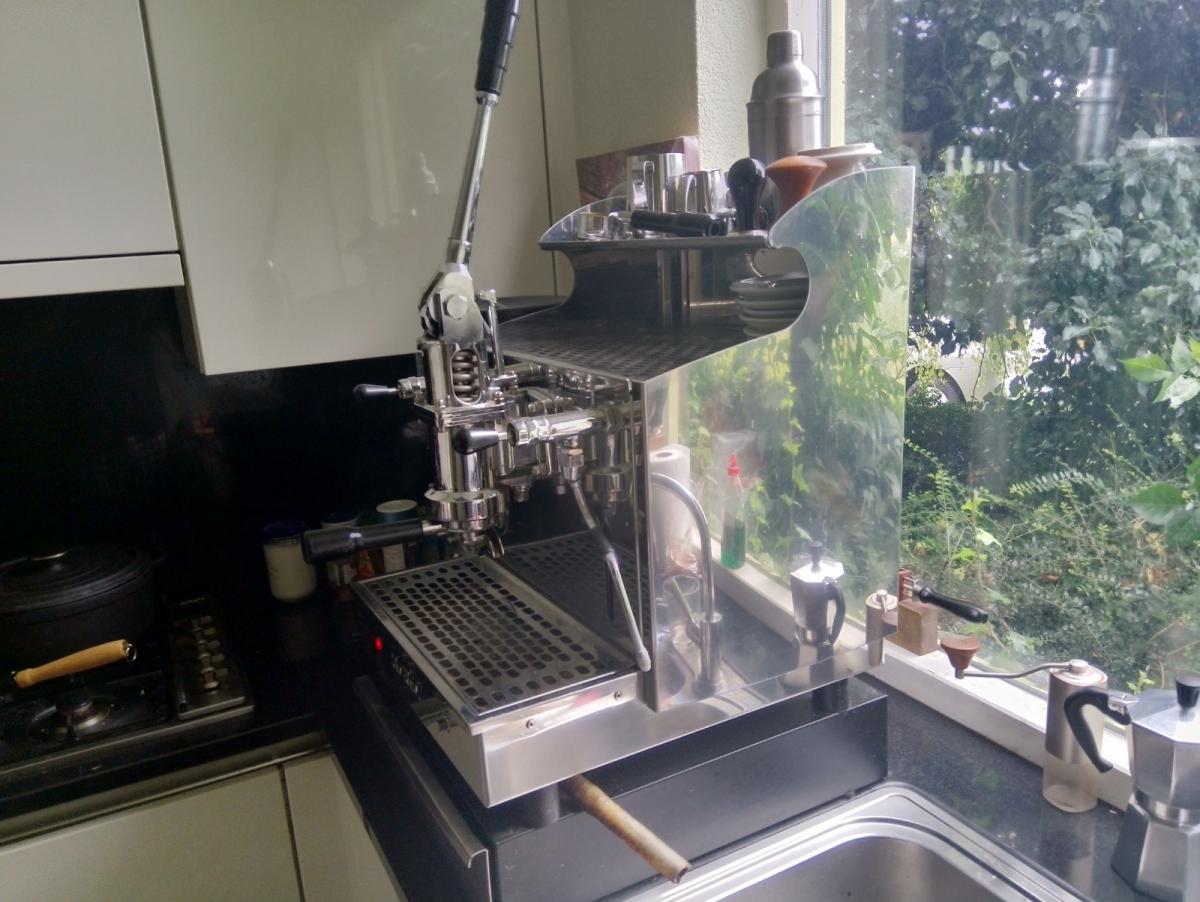
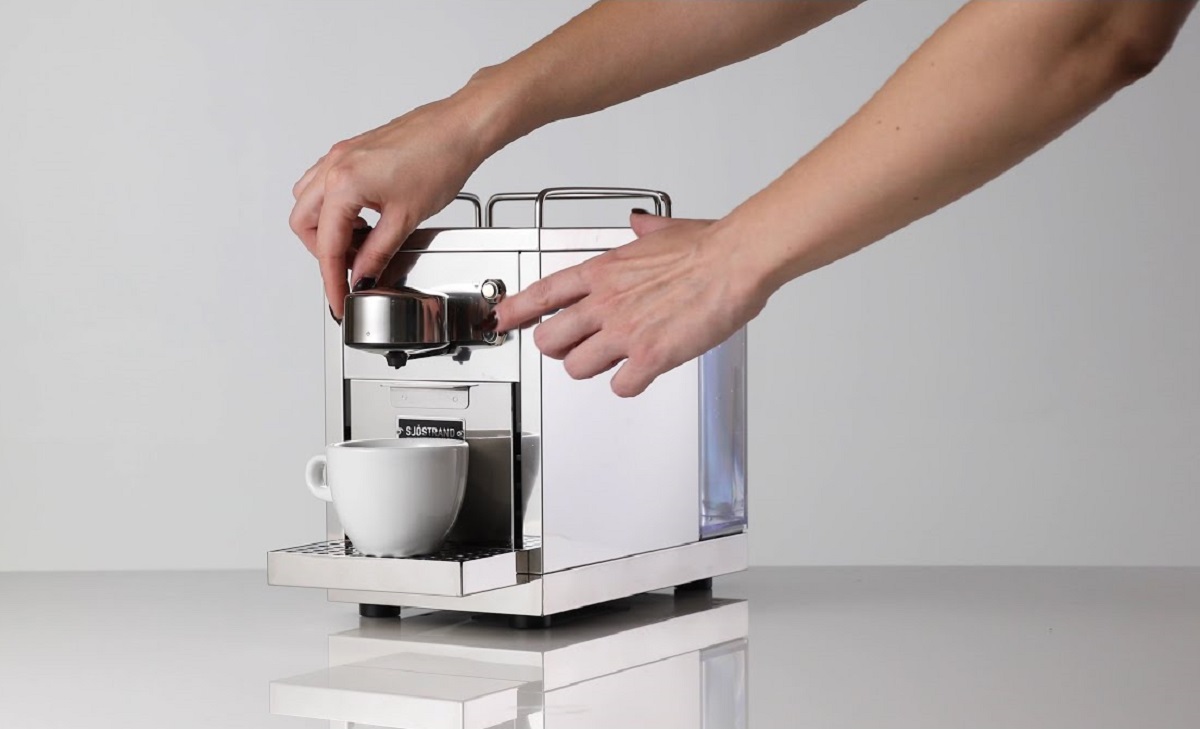

0 thoughts on “How To Clean An Espresso Machine With Cafiza”